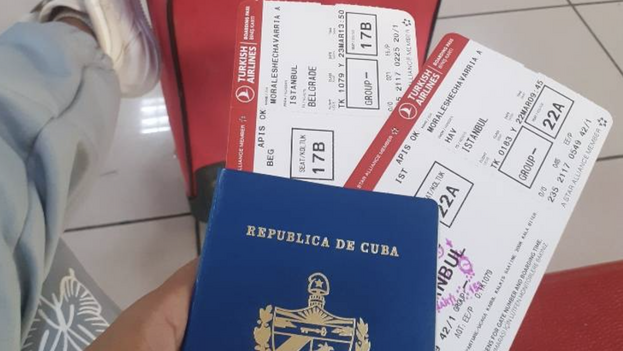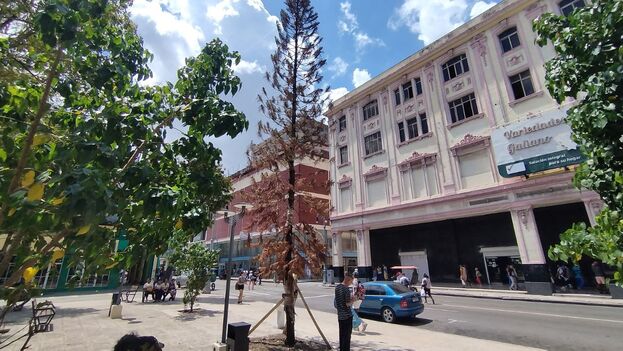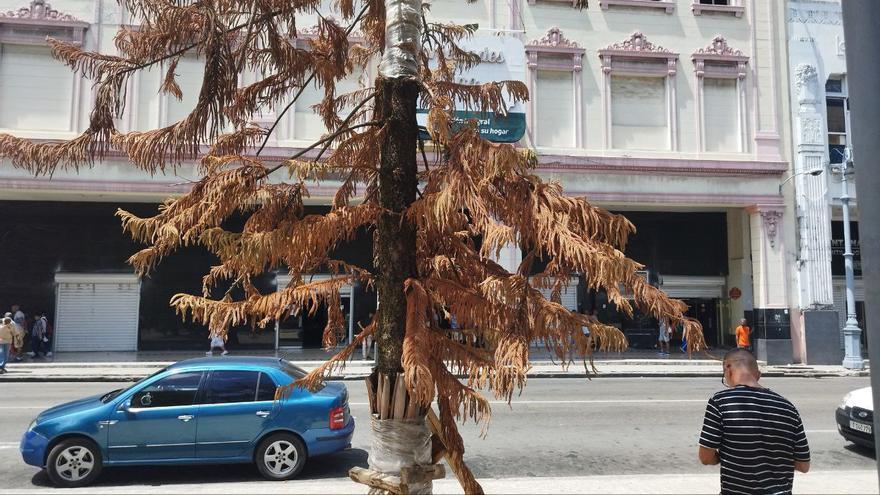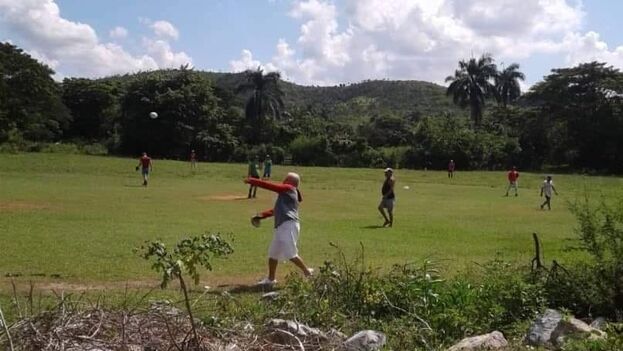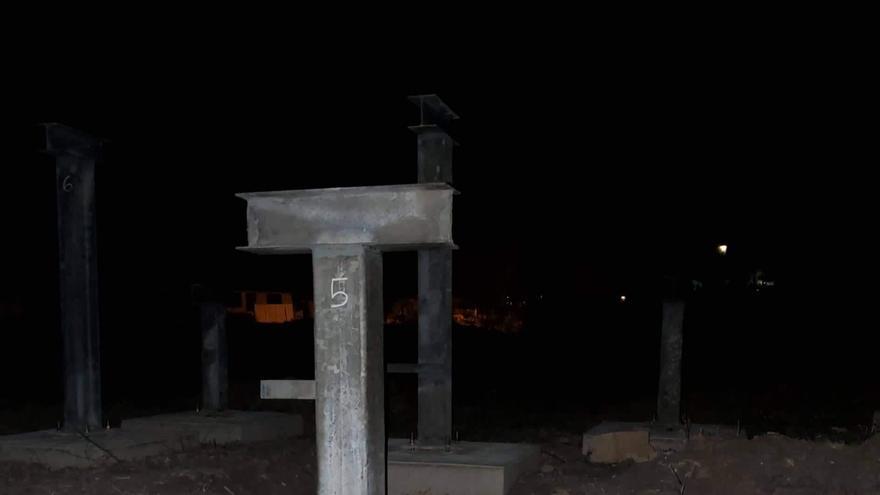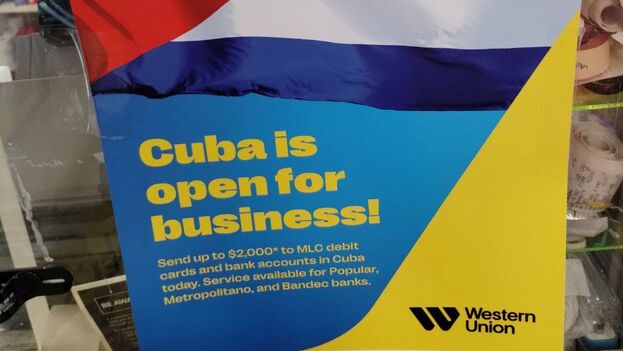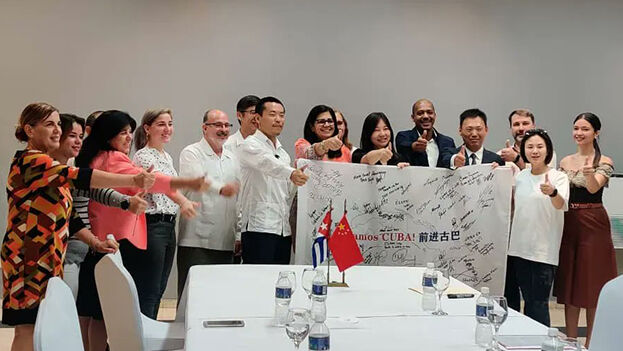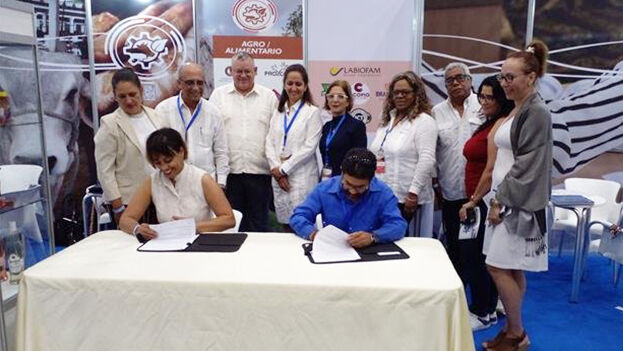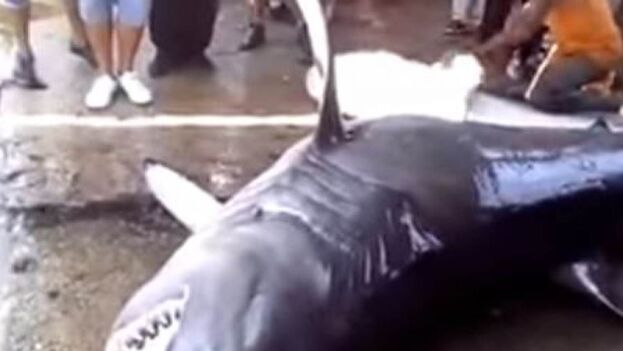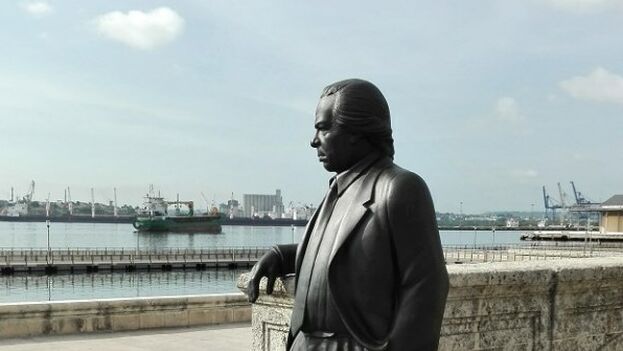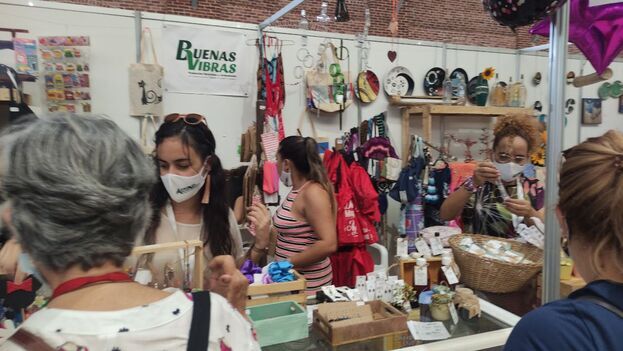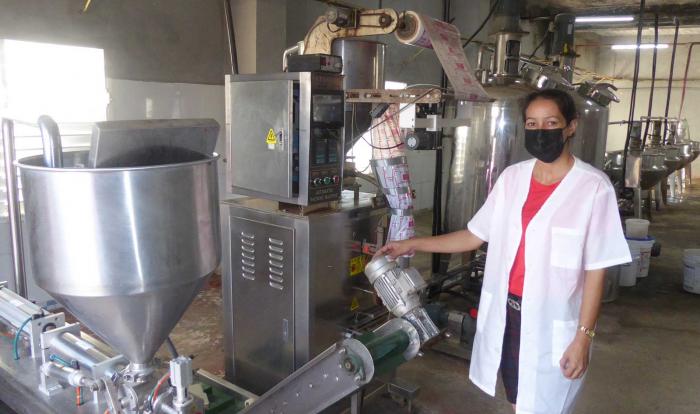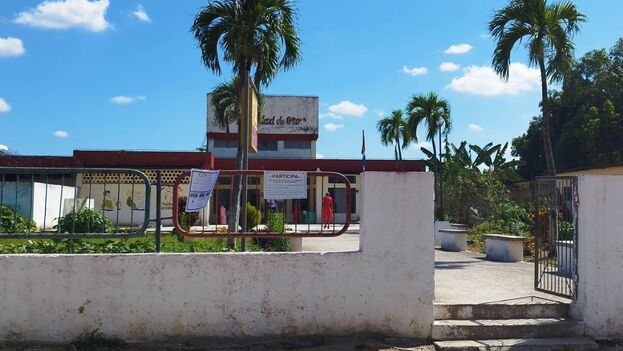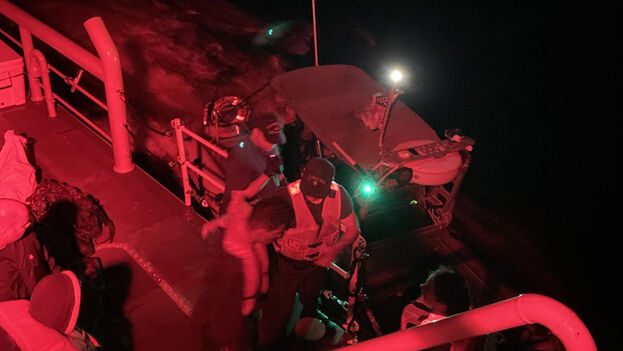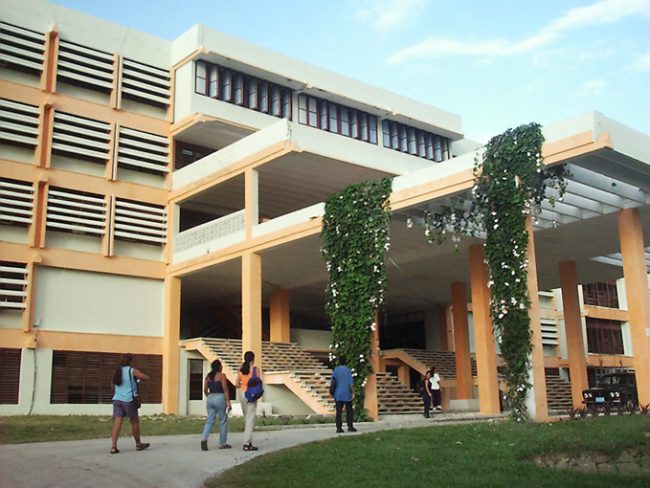There will be fierce competition among organizations that have little profit, and it’s enough to make one tremble. In short, Cuban communists want universities to look for commercial formulas. They will soon do the same with the private sale of the “achievements of the revolution.” The regime is not holding up and needs resources and, above all, foreign currency from anywhere. There is no time, and placing a value on the activity of universities is a controversial step. Are we facing a covert privatization? Let’s see.
The formula devised consists of creating a state small- and medium-sized enterprise (SME) to, they say, complement budget management and support the financial development of the university. This is the case of the University of Granma (UDG), in the province of that name. It won’t be the last.
The measure, according to the state press, is inspired by some alleged “transformations made in the management model of the Cuban government based on science and technological innovation (obligatory doctoral thesis earned by Díaz-Canel) that have allowed the country’s universities to create business parks and company interfaces to transfer their research results to the country’s economic-productive system, with the purpose of contributing to promoting the development of the nation. But of course from parks and interfaces to competitive companies, there is a long way to go, and the void is just below. continue reading
The Ministry of Higher Education, which is behind this initiative, has begun to promote “new economic forms of management aimed at generating income for higher-education institutions and thereby expanding the link between universities, companies and other entities of the territories, in order to articulate and strengthen local development programs and municipal autonomy.”
Are they kidding?
Well, it looks like it’s going to happen and, not only that, quickly. When communist leaders want to, they can promote changes in reality as owners of all the nation’s productive capital. In this case, a state SME has been created at the University of Granma, the third of its kind in the country belonging to the sector, with the name ‘Innovaudg’, whose main purpose is “the selling of professional, scientific and technical services to natural and legal persons.”
This is full-fledged subcontracting, which makes available to this SME a proposal of commercial value that has previously been generated with the public resources that Cubans contribute to the state budget. A private business for a public offer, which is supposed to belong to everyone. Contradictions and even illegalities are already beginning.
If the university SME financed with its own resources the professional, scientific and technical services that are going to be sold to society, there would be nothing to object to. However, the problem is the origin. That professors or research fellows, who receive a salary from the state for their products and services, participate in a private company for their commercial sale, is at least questionable and opens a space that should deserve a little more attention, because it borders on the misuse of public resources, which have a legal, administrative and political responsibility.
However, Cuban communists have stepped on the accelerator in this area, and they want the University of Granma to manage its services through the SME, while the employees receive their salaries from the university. At the moment, the SME has five professionals based on the UDG campus in Bayamo, but, according to the state press, it will have highly competent staff from the university itself, who will be hired as a workforce through multi-employment. That is, not only does it use state personnel, but the SME also takes advantage of the facilities, equipment and means that are supposed to be financed by the state.
The university SME projects all kinds of services, including accounting, bookkeeping and management consulting, as well as activities to support agriculture, post-harvest, and seed treatment for propagation. A real hodgepodge of offers where one can earn pesos or foreign currency. And as if that were not enough, it contemplates the realization of “professional improvement actions, the organization of conventions and commercial exhibitions, the rental of physical spaces, machinery and equipment, among other things.” A whole privileged university business will compete, evidently, with other entities and economic actors that do not have the advantage of selling what is produced with public salaries. Something doesn’t sound right here, and sooner or later, it will blow up.
The SME has studied its relationship with the university “from the financial point of view, and it has designed an agreement with the university that foresees the contribution of 50% of the profits in national currency and 60% of the income in foreign currency to the university’s self-financing account, which will allow it to use the money not only for its current expenses, but also for future investments, both technological, constructive or otherwise.” And it adds that “in accordance with the development of business and the liquidity capacity available, capital contributions can be made that include technologies or assets. That relationship is bilateral; that is, similar shares can be received from the university.”
It doesn’t stop there, because UDG took advantage of the inter-institutional relations already established between the university and the business sector of the province, as well as with the government and other entities, so it will be able to carry out the process of commercial identification of the demands and needs existing in the territory. In addition, UDG has integrated, according to the state press, “in parallel, the already existing agreements of business opportunities that promote the implementation of the results of science and technology in the business, governmental and budgeted spheres, and in actors of the economy constituted as natural persons, while the free access of professionals in the state sector to postgraduate courses and other actions of improvement and training is not limited.”
UDG has had a strong start and already has its first contract with the Agroindustrial Grain Company, the largest rice producer in the country, by providing services and advice to strengthen the economic growth of the entity, through a feasibility study to diagnose which of its basic business units had the conditions to become a state SME.
Behind these approaches, the application of science and innovation in production processes is again detected (again, Díaz-Canel’s doctoral thesis). The University of Granma continues to advance this entrepreneurial initiative. As one might suppose, UDG defends and justifies itself by saying that there has not been the same impact on all sectors and entities of the Cuban economy, “because not all companies in the territories identify the business options offered by these new policies, and they are still waiting for guidance from higher agencies.”
Universities that create state SMEs to market their products and services and ultimately make money can introduce controversial elements into the weak Cuban economy that distort competition between economic actors and will end up subtracting market opportunities for private and even state initiatives. Something doesn’t work in this accounting, and at some point it will fall apart.
Translated by Regina Anavy
____________
COLLABORATE WITH OUR WORK: The 14ymedio team is committed to practicing serious journalism that reflects Cuba’s reality in all its depth. Thank you for joining us on this long journey. We invite you to continue supporting us by becoming a member of 14ymedio now. Together we can continue transforming journalism in Cuba.

![]() 14ymedio, Mexico, 30 March 2023 — The theft of his passport, with a U.S. and Mexico visa, in addition to his work permit, prevented Cuban baseball player Roel Santos from joining the preseason with the Olmecas of Tabasco.
14ymedio, Mexico, 30 March 2023 — The theft of his passport, with a U.S. and Mexico visa, in addition to his work permit, prevented Cuban baseball player Roel Santos from joining the preseason with the Olmecas of Tabasco.

